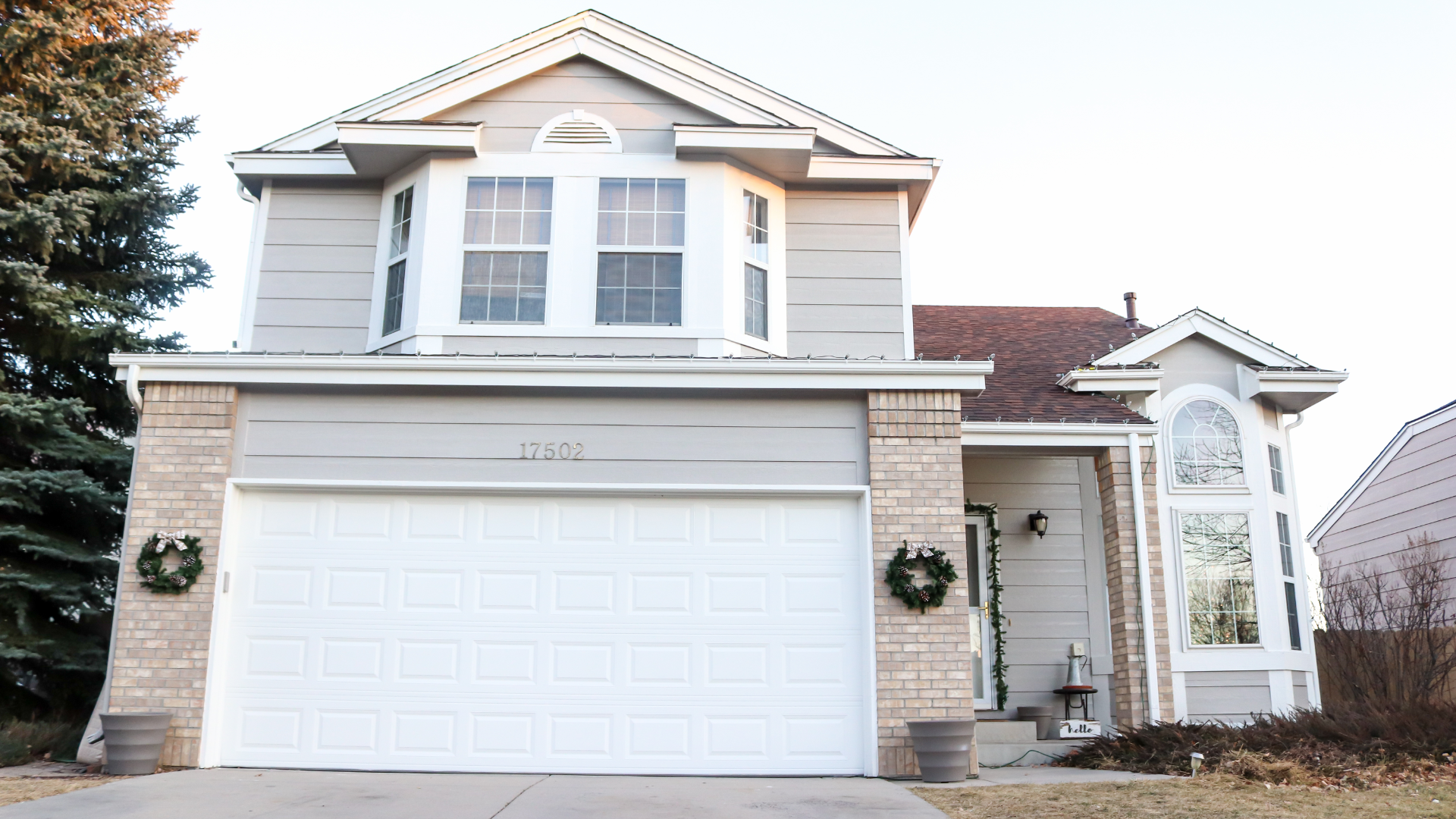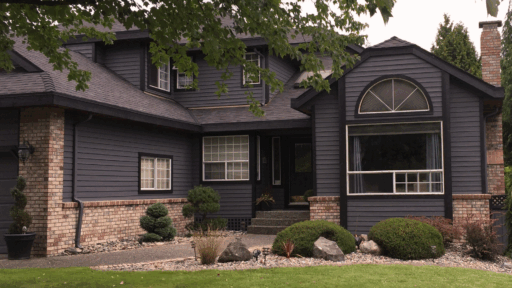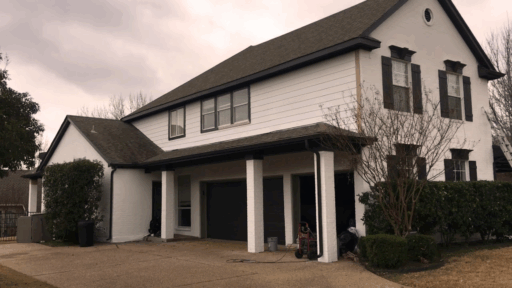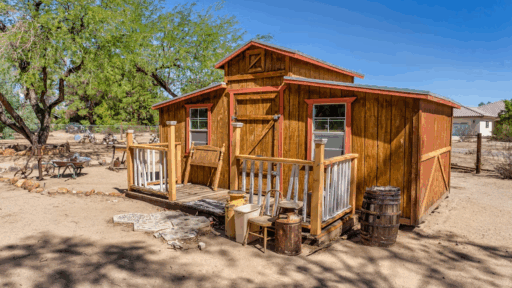Are you searching for the perfect white paint to change your home’s exterior?
Sherwin-Williams Snowbound (SW-7069) has become a top choice for homeowners wanting a clean, crisp look.
This review will walk you through everything you need to know about this popular color. I understand that choosing exterior paint can feel overwhelming.
That’s why I’ve done the hard work for you. My guide will help you:
- Understand Snowbound’s true color characteristics
- Learn about its performance in different lighting conditions
- Find real-world application tips
Trust matters. I’ve researched, tested, and gathered insights from professional painters and homeowners to provide you with honest, practical advice.
By the end of this article, you’ll know exactly whether Snowbound is the right choice for your home’s exterior. Get ready to make an informed decision!
Understanding Snowbound’s Undertones
Snowbound isn’t just a standard white paint. With a Light Reflectance Value (LRV) of 83, it’s a bright white that has soft gray undertones.
These undertones add quiet depth to the color, making it more versatile than a flat, pure white. In the morning, it can look clean and bright.
As the light changes throughout the day, the gray undertones become more noticeable.
When I used it on a friend’s home, we saw how it helped soften the look of strong sunlight, giving the exterior a more balanced and calm appearance.
Light direction also affects how it looks; north-facing walls bring out its cooler tones, while south-facing walls show its warmer side.
Snowbound adjusts well to different lighting conditions and works with many exterior styles
Pro tip: Always test paint samples before making a purchase. What looks perfect in a swatch might not be so perfect on a large surface. Your home deserves a color that truly speaks to its character.
Key Features and Attributes of Snowbound
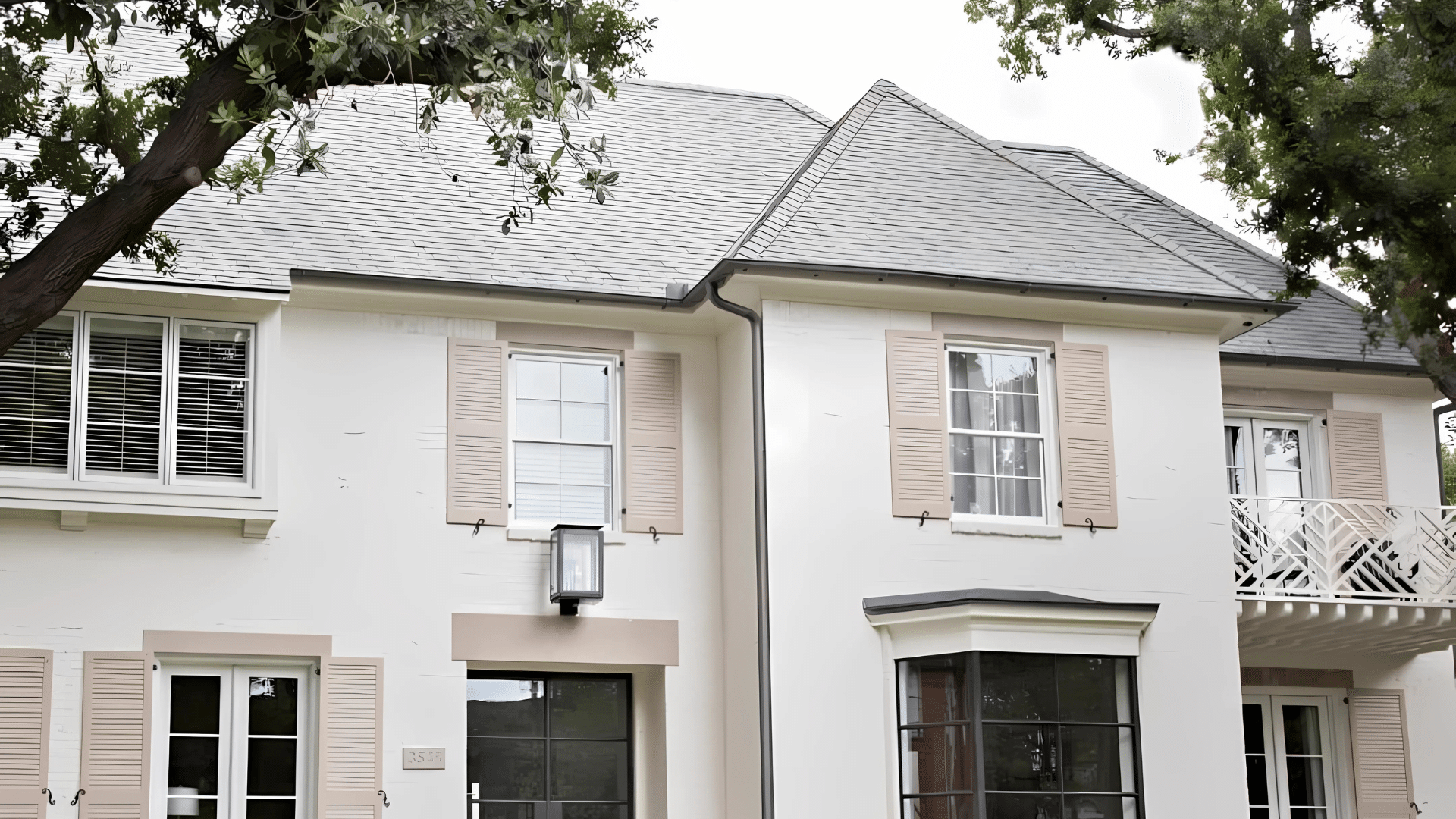
Snowbound is more than just another white paint. It’s a versatile, stylish choice that adds a clean, subtle look to any exterior.
1. Chameleon of Whites: When I first worked with Snowbound, I realized it’s not just another white paint. It’s a color that adapts. Your home will look fresh, clean, and welcoming without feeling stark or cold.
2. Versatility in Design: Snowbound works magic across different home styles. From modern farmhouses to traditional colonials, this color fits seamlessly. I’ve seen it turn ranch homes, Victorian properties, and everything in between.
3. Finish Options: Sherwin-Williams offers multiple finishes. Flat finish? Hides surface imperfections. Satin? Adds a subtle sheen that catches light beautifully. Each finish tells a different story about your home.
4. Architectural Harmony: Some whites feel harsh. Snowbound feels soft. It creates a backdrop that makes your home’s architectural details pop. Trim, shutters, doors – they all look more defined against this background.
5. Color Coordination: Worried about matching? Snowbound plays well with others. Gray stone, red brick, dark wood – this color complements multiple exterior materials. Your home will look intentional, not accidental.
6. Practical Considerations: Beyond looks, Snowbound offers durability. Its high-quality formula resists fading and wear. You’re not just painting – you’re investing in your home’s future appearance.
Application Tips for a Flawless Snowbound Finish
Getting a great exterior finish with Snowbound takes more than just applying paint; it needs the right prep and planning:
1. Surface Preparation is Key
When I first painted with Snowbound, I learned that surface preparation is the foundation of a perfect paint job.
Pressure washing isn’t just a suggestion; it’s a critical step. Remove every speck of dirt, mildew, and loose paint.
Professional painters know that a clean surface ensures better paint adhesion, prevents future peeling, and creates a smooth canvas for your new color.
Take your time and do this right.
2. Primer Matters
Primer is the unsung hero of exterior painting. It creates a protective layer that helps Snowbound look its absolute best.
A quality primer prevents color bleed-through, improves paint adhesion, and provides a uniform base for your final color.
For Snowbound, a white primer works best to maintain the color’s true essence.
Think of primer as the foundation of a house; everything else depends on its strength and quality.
3. Application Techniques
Painting technique can make or break your exterior finish. Spraying works best for large surfaces, offering even coverage and faster application.
If rolling, use high-quality rollers with a medium nap. Start at the top and work downward to catch any drips. The golden rule?
Apply two thin, even coats rather than one thick coat.
This approach ensures better coverage, reduces the chance of runs, and creates a more professional-looking finish.
4. Paint in the Right Weather
Weather plays a crucial role in exterior painting. Temperature and humidity can dramatically affect paint performance.
Aim to paint when temperatures are between 50 and 90 degrees Fahrenheit.
Avoid painting in direct sunlight or during high humidity. Early morning or late afternoon provides the most stable conditions.
Extreme temperatures can cause paint to dry too quickly or not adhere properly, compromising your beautiful Snowbound finish.
5. Accent Color Companions
Choosing the right accent colors can turn Snowbound from good to extraordinary.
Consider these trim colors that create beautiful contrast, like Tricorn Black, Iron Ore, Naval, and Ubane Bronze.
These colors complement Snowbound’s soft white, adding depth and character to your home’s exterior.
The right accent can change your home’s entire look, creating visual interest and highlighting architectural details.
6. Pick Quality Painting Tools
Professional-grade tools are an investment in your home’s appearance.
Cheap brushes and rollers leave streaks, create uneven coverage, and can ruin your painting experience.
High-quality tools ensure smoother application, more even coverage, and a more professional finish.
Invest in good brushes with smooth bristles, rollers with the right nap for your surface, and painter’s tape for clean lines.
Durability and Longevity of Snowbound on Exteriors
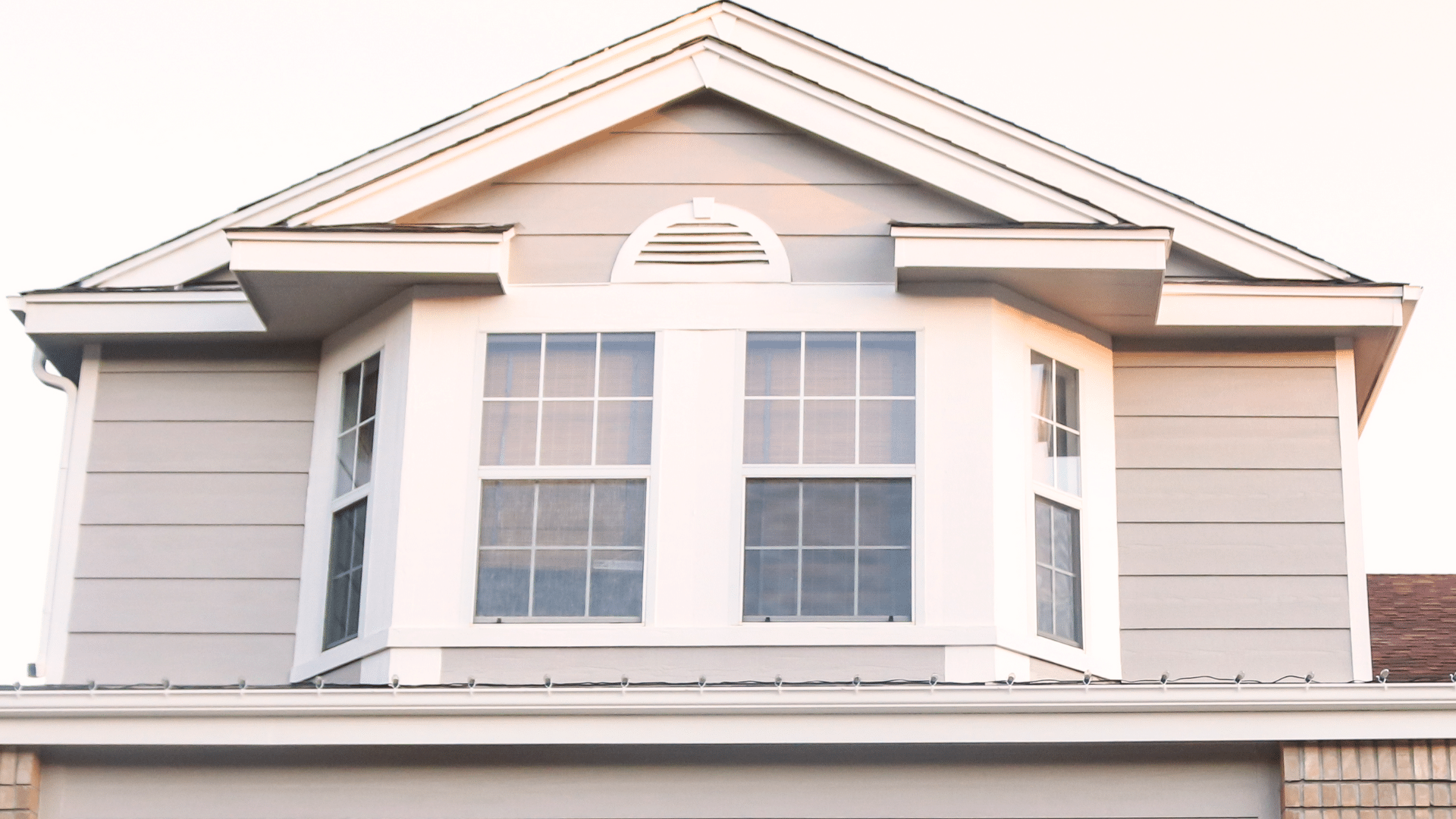
Paint is more than just color; it protects your home from the elements. Here’s how Sherwin-Williams Snowbound holds up in real-world conditions, showing its strength and durability:
- Weather Resistance: Snowbound performs well in a variety of climates. It holds up in both hot summers and cold winters while maintaining its clean, bright look.
- UV Protection: Snowbound’s formula resists fading and yellowing from sunlight. It helps the exterior keep its brightness over time, even with regular sun exposure.
- Moisture Resistance: This paint includes moisture-resistant properties, which help prevent common issues like peeling, bubbling, or water damage, especially in damp or rainy conditions.
- Durability: With proper application and care, Snowbound can last around 7 to 10 years. Regular maintenance and small touch-ups will help it stay in good shape longer.
- Climate Suitability: In humid regions, Snowbound’s resistance to moisture and mold is useful. In dry or windy areas, it offers good protection against cracking and surface wear.
- Basic Maintenance: Washing the exterior once a year helps remove dirt and buildup. This simple upkeep can extend the life of the paint and keep it looking clean.
- Painter Recommendations: Many professional painters recommend Snowbound for exterior use because of its consistent results. It’s a trusted choice for both new applications and repaints.
Snowbound vs. Other Sherwin-Williams Colors
White paint isn’t all the same. The right shade can completely change your home’s look. I’ve used several whites, and each has its own feel. This is how Snowbound stacks up against similar options:
| Color | Undertones | Best Suited For | Key Characteristics |
|---|---|---|---|
| Snowbound | Soft Gray | Modern Homes, Bright Spaces | Crisp, clean, adaptable to multiple architectural styles |
| Pure White | Neutral | Minimalist Designs | Brighter, less warm, more clinical appearance |
| Alabaster | Warm Cream | Traditional Homes | Softer, warmer feel with slight yellow undertones |
| Extra White | Stark White | Contemporary Spaces | Brightest white, zero warmth, very bold statement |
Why Snowbound Stands Out:
When I recommend paint colors, context matters. Snowbound is neither too cold nor too warm. Unlike Extra White’s harsh brightness or Alabaster’s heavy cream undertones, it’s a shade that radiates calm, polished style.
Conclusion
Snowbound isn’t just a paint color, it’s a game-changer. I’ve seen this color work magic on countless homes.
Its subtle gray undertones, impressive durability, and versatility make it a top choice for homeowners.
Who should choose Snowbound?
- Modern farmhouses
- Traditional homes
- Homes with mixed architectural styles
- Spaces needing a clean, fresh look
Trust your instincts. If you want a white that adapts, performs, and looks beautiful, Snowbound delivers.
Professional painters recommend it, and homeowners love it. Your home deserves this color.
One final piece of advice I’ll give you is that you should always test samples. Natural light changes everything.
Your perfect exterior is just a paintbrush away. Grab a sample, and let Snowbound work its magic!


